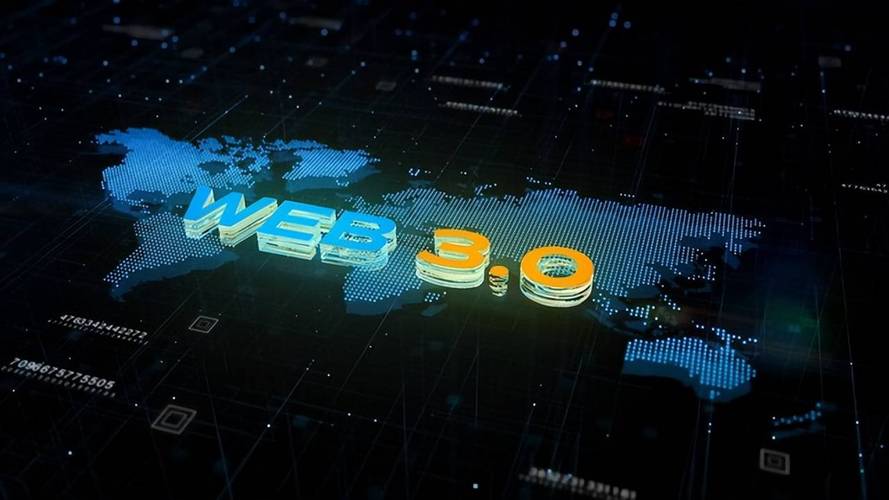
Display Token Balance with Web3.eth.balance
Understanding the balance of your tokens is crucial for managing your digital assets effectively. Web3.eth.balance is a powerful tool that allows you to retrieve the balance of your Ethereum-based tokens. In this article, we will delve into the details of using Web3.eth.balance to display your token balance, covering various aspects such as the process, potential issues, and best practices.
Understanding Web3.eth.balance
Web3.eth.balance is a function provided by the Web3.js library, which is a popular JavaScript library for interacting with Ethereum. This function retrieves the balance of an Ethereum address in Wei, the smallest unit of the Ethereum network. To use this function, you need to have Web3.js installed in your project.

Setting Up Your Environment
Before you can use Web3.eth.balance, you need to set up your environment. Here’s a step-by-step guide to get you started:
- Install Node.js and npm on your machine.
- Initialize a new Node.js project by running
npm initin your project directory. - Install Web3.js by running
npm install web3in your project directory. - Import Web3.js in your JavaScript file.
Retrieving Token Balance
Once you have set up your environment, you can retrieve the balance of your token using Web3.eth.balance. Here’s an example of how to do it:
const Web3 = require('web3');// Connect to an Ethereum nodeconst web3 = new Web3(new Web3.providers.HttpProvider('https://mainnet.infura.io/v3/YOUR_INFURA_PROJECT_ID'));// Retrieve the balance of your tokenconst tokenAddress = 'YOUR_TOKEN_ADDRESS';const balance = await web3.eth.balance(tokenAddress);console.log(`The balance of the token is: ${balance}`); In this example, we first create a new instance of Web3 and connect to an Ethereum node using the Infura provider. Then, we specify the address of the token we want to retrieve the balance for and call the web3.eth.balance function. The balance is returned in Wei, so you may want to convert it to Ether or a smaller unit like finney or szabo for better readability.
Handling Potential Issues
When using Web3.eth.balance, you may encounter some potential issues. Here are a few common ones and their solutions:

- Connection Errors: Ensure that you have a stable connection to an Ethereum node. If you’re using Infura, make sure your project ID is valid and you have enough credits.
- Invalid Token Address: Double-check that the token address you’re using is correct. You can verify the address on Etherscan or another blockchain explorer.
- Network Issues: If you’re experiencing network issues, try connecting to a different Ethereum node or using a different provider.
Best Practices
Here are some best practices to keep in mind when using Web3.eth.balance:
- Use a Secure Connection: Always use a secure connection to an Ethereum node to prevent man-in-the-middle attacks.
- Keep Your API Keys Secure: If you’re using Infura or another provider, make sure to keep your API keys secure and not expose them in your code.
- Handle Errors Gracefully: Implement error handling in your code to gracefully handle potential issues and provide meaningful feedback to the user.
Conclusion
Web3.eth.balance is a valuable tool for retrieving the balance of your Ethereum-based tokens. By following the steps outlined in this article, you can easily integrate this function into your project and manage your digital assets more effectively. Remember to handle potential issues and follow best practices to ensure a smooth and secure experience.
| Function | Description |
|---|---|
| web3.eth.balance | Retrieves the balance of
Related Stories |




